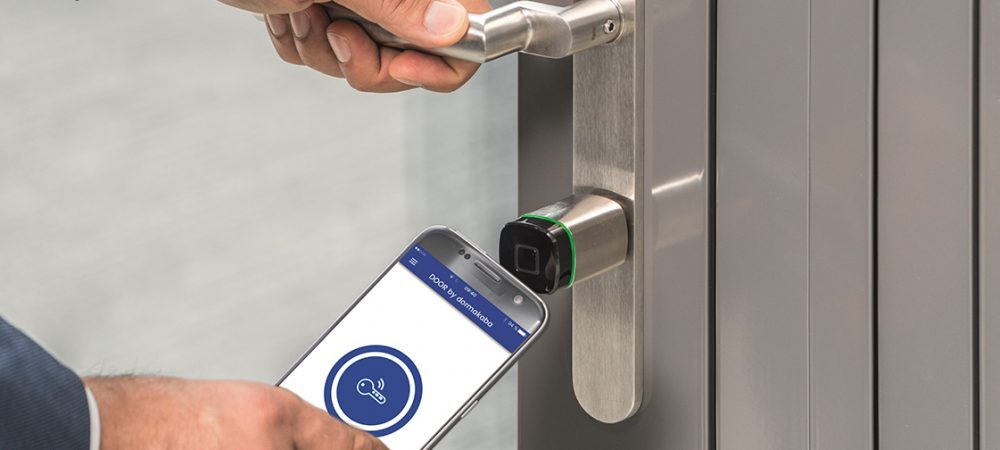There are various reasons why business leaders choose to establish so-called ‘smart’ buildings or those that reflect the intelligent combination of technology and automation to facilitate intuitive interaction – but many would consider smart access control or security to be the main reason.
Paul Chari, Principal Consultant, EDC Solutions at access control and security specialist dormakaba South Africa, helps define the smart automation concept with the simplest example being a motion sensor light, using existing infrastructure to automate basic functions.
“Whether the motion sensor first was set to trigger an alarm or the light might be a chicken and egg topic, the motion sensor in alarms is the most ubiquitous initiator of an automation sequence,” he said.
“The system is turned on, zones are defined, a zone alarm is triggered and armed response is called as the case might be.”
Business managers recognise the benefits of smart building automation, namely better security, directed environmental control, real time data about the building, centralised or distributed control of various elements, interaction of various elements as well as external service providers.
These benefits are also far from an exhaustive list, added Chari, who emphasises that the advent of technologies like cloud, IOT, Artificial Intelligence, Robotics and Machine Learning has laid the foundation for the rise of intelligent buildings.
Systems connect, data is transferred and all processes and procedures that define building management and maintenance are automated.
“So, existing light sockets and outlet points can be converted to record or give data,” said Chari.
“Using existing cabling where possible, data exchange can be facilitated using powerline ethernet otherwise, Wi-Fi has been added to many buildings and homes after the fact.
“With the fixtures that are overhead, tracking where people are in a building is possible using IR sensors making activation and deactivation of lights and air-conditioning possible as well as to manage centrally; this facilitated by communication lines enabling relevant information to be sent to a decision logic centre.”
For some years, there has been ongoing discussion around IoT connectivity and the role this technology will play in creating smart homes.
In much the same way a home can be connected, leveraging IoT, commercial buildings can be ‘engineered’ to be able to smarten devices.
Chari said: “IoT allows devices added to the home to become part of the smart ecosystem as devices can interact with the rest of the house or in the case of a smart fridge, your local grocer to get your milk topped up. Perhaps more importantly, a device that can communicate its remaining service life can allow planning for future maintenance more effectively.”


